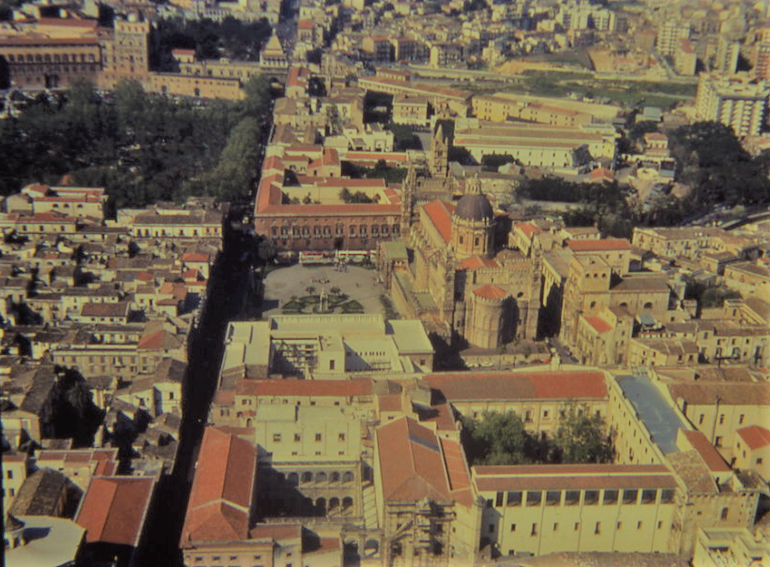The cathedral remained unchanged in its structure for almost a hundred years after the arrival of the Normans. During the reign of
William II
, grandson of
Roger II
, the church was restored and designed as an
ecclesia munita
from 1170 onwards,
 at the behest of Archbishop
Gualtiero
at the behest of Archbishop
Gualtiero
, a Proto family member of the King. The Cathedral was reopened for worship on April 6, 1185, with a lavish ceremony.
It is probable that the decision to renovate the sacred building was made not only to provide the city with a temple worthy of the kingdom’s capital, but also because of the damage caused to the church by the seismic event of 4 February 1169, known as the “
earthquake of Sant'Agata
“, which caused extensive ruin throughout most of Sicily. Palermo Cathedral was rebuilt at the same time as the construction of the Monreale Cathedral, commissioned by William II, as part of his plans to govern the territory by creating emblematic places of worship.
For both sacred buildings, records tell the story of the discovery of a treasure, the one found by the Virgin Mary, who came to William in a dream to facilitate the construction of the Monreale Cathedral, and the one found during the
construction of the church of the Holy Spirit
, for the renovation of the church in Palermo.